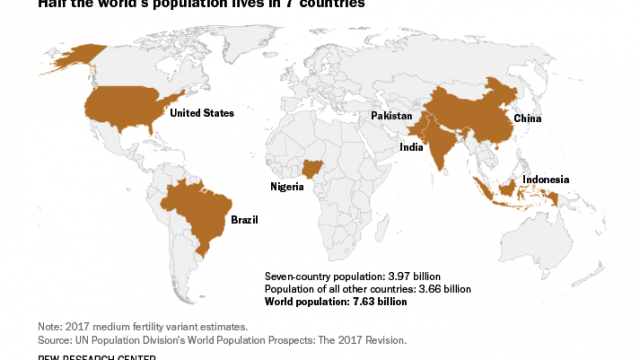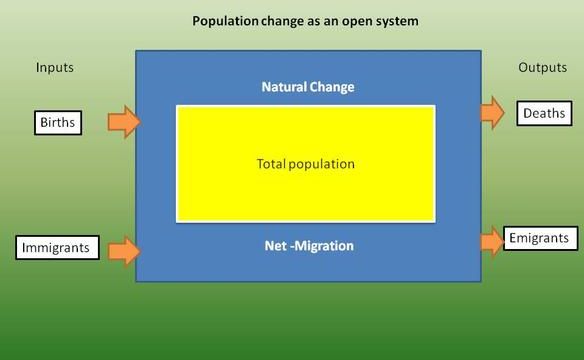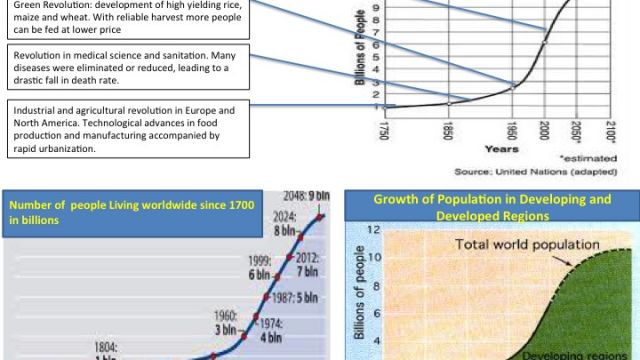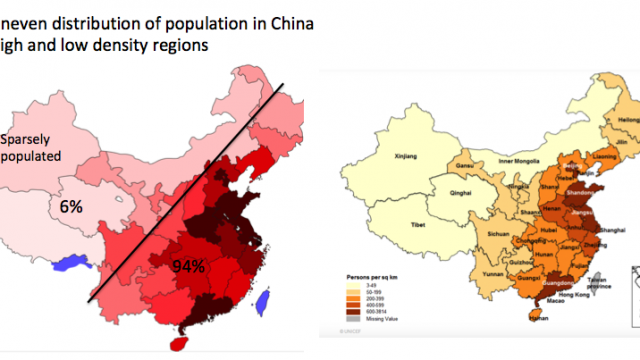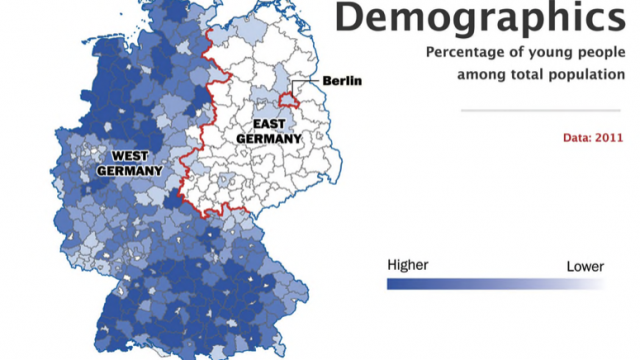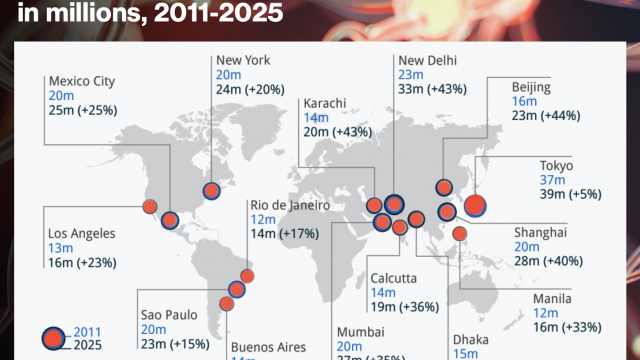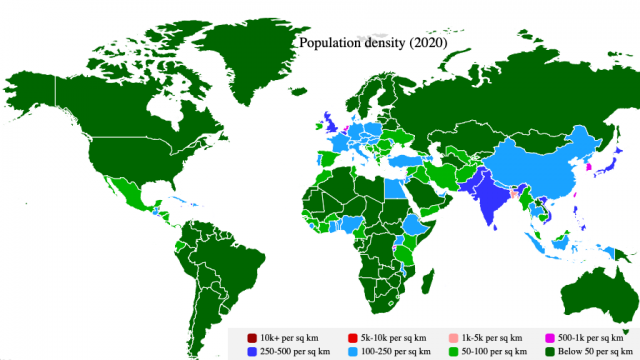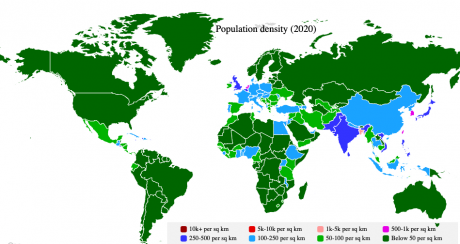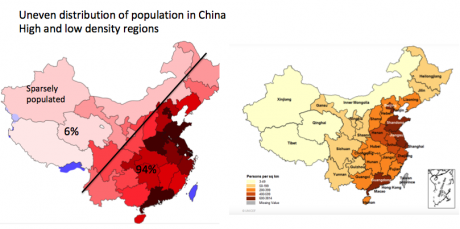Important terminologies in Demography
Demography – is the study of population
Population density – population per unit of land area; that is the number of people per square mile or people per square kilometer
Birth rate – the number of live births per 1,000 people in a population of a given year.
Death rate – is the number of deaths per 1,000 people in a population of a given year.
Rate of natural change – the difference between birthrate and death rate.
Gender ratio – the number of males per 100 females in a population
Infant Mortality Rate – the number of deaths of infants under age 1 per 1,000 live births in a given year.
Urbanization – is the growth in the proportion of a population living in urban areas.
Migration and related terminologies:
Migration – the movement of people involving a change of residence. It can be internal displacement or international, voluntary or forced. It is usually for an extended period of time (more than a year) and does not include temporary circulation such as commuting or tourism.
Emigration – the process of leaving one country to take up permanent or semi-permanent residence in another.
Brain drain – the emigration of a significant proportion of a country’s highly skilled, highly educated professional population, usually to other countries offering better economic and social opportunity.
Remittances – transfer of money or goods by foreign workers to their home country.
Refugee – a person fleeing their home country in order to escape danger.
Asylum seekers – people who seek refugee status in another country

